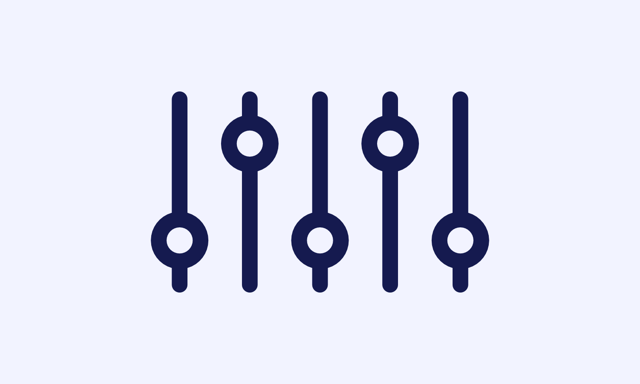What is Discovery? No, it’s not the ship from Star Trek. It is however just as important. When you walk out of a discovery meeting, you either set yourself up for success in closing the deal, or you just wasted your time. Discovery meeting are used to discuss the customer’s pain, business needs, understand their requirements and start building a relationship with them.
When I first started as an SE, and thanks to the experienced Account Manager that I was teamed up with, I became excellent at the spray and pray method, otherwise known as the show up and throw up ( do you know any other terminology for this? Share in the comments) where I come in with my laptop, plug into a projector, and proceed to dazzle the prospect with all the products that he does not care about. Every once a while, I’d stop to ask the most effective question ever, is this interesting to you? No? Ok, I’ll move on to the second set of 50 slides and I can just feel my customer having an outer body experience where his mind is back at his workstation doing something productive, or he’s trying to strangle me. WORSE DISCOVERY EVER! I never discovered any pain. Every once in while the customer would stop me and ask some questions about a product then move on.

A few years into this career, I’ve learned a few things, and I’m sure that I have a lot more to learn. If you want to share some of your discovery process, please do so in the comments, but here’s mine.
A good discovery starts with the preparation. There are a few things that you can do:
- Talk to your Account Manager, and ask why the customer wants to see you. If it’s just to meet them, then he probably did not qualify the meeting properly. Probe some more, ask what was the conversation about, what he expects that they want to talk about. Don’t be afraid to probe your AM. After all, he’s not afraid to probe the customers.
- If you know who are the individuals will be meeting, and you’ve never met them before, check them out on LinkedIn. See what their responsibility is, and how they are measured with regards to their job. If you want to sell them anything, then it has to improve the metric in which they are judged.
- Check the prospect’s website. See what they do, which product(s) would help them with what they are trying to accomplish.
- If you are a generalist SE, and believe that a specialist would either server this discovery call better, either line them up to be on the call, or chat with them and see what info they would need from you once you return from the meeting.
- Prepare an agenda with your AM. Make sure that you and your AM know what the goal of the meeting is. I don’t like the “just meet them” goal. Most customers are busy, so they would not want to just meet a sales team unless they need something.
Next you will meet the customer. I usually like to come in with a notebook and pen only in a discovery call. I don’t like having a laptop on me for multiple reasons. It creates a barrier between me and the customer, the customer does not know if I’m taking notes or playing minesweeper, and lastly, I don’t want to be forced by my AM to “just show them that slide that your showed this other customer” 5 minutes into the discovery call. I forgot to mention that you should shake hands (at least in North America) but that goes without saying. I’m actually curious to my readers oversees, what are your customs when you initially meet a customer? Let me know in the comments.
Usually the AM kicks off the meeting. If everybody knows each other, great, otherwise, the introductions start. Take notes of the names and try to use them as much as possible. Once the AM did his thing and got the ball rolling on the conversation, now it’s time for you to ask questions, lots of questions. Try doing that without interrogating the customer. In my industry, the whiteboard is very useful for drawing out network diagrams, so invite the customer to the board with you to start drawing out what they are doing today and where they would like to go.

Take notes, duh! More importantly take notes of the action items, who owns the actions and when you should expect to be providing the info to the customer, or if they need to provide you info, when you should follow up. You own the relationship as much as your AM, and you have a hand and benefit in closing deals as much he does. So keep track of everything.
Help your customer build a vision of the solution that they could end up using to solve their problems. Read the attendees body language. Is there anyone there who can be your ally and you should be building relationships with? Finally, make sure that your objective that you and your AM set is met. If you were to do a demo, do you have all the info that you need to tailor the demo to your customers situation?
Once you are done with the meeting, debrief with your AM. Summarize the requirements together and input any info into your CRM. Help your AM send a summary of requirements and action items to the customer to make sure everybody is on the same page. That being said, if you’re in a culture that word is bond, then maybe not send that email, but it’s good to have your thoughts put down so you can track it.
At this point, track the action items. If your objective was that you wanted to get a demo out of it, and you didn’t schedule it during the meeting, which you should, then work on scheduling that.
As I mentioned, that’s my discovery process. If you do things differently, please share it below. Would love to have this conversation with as many people as possible.


